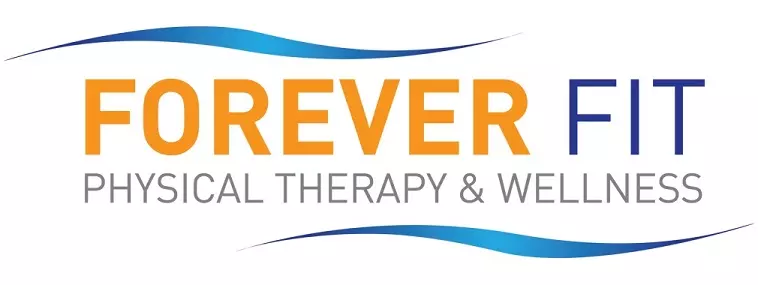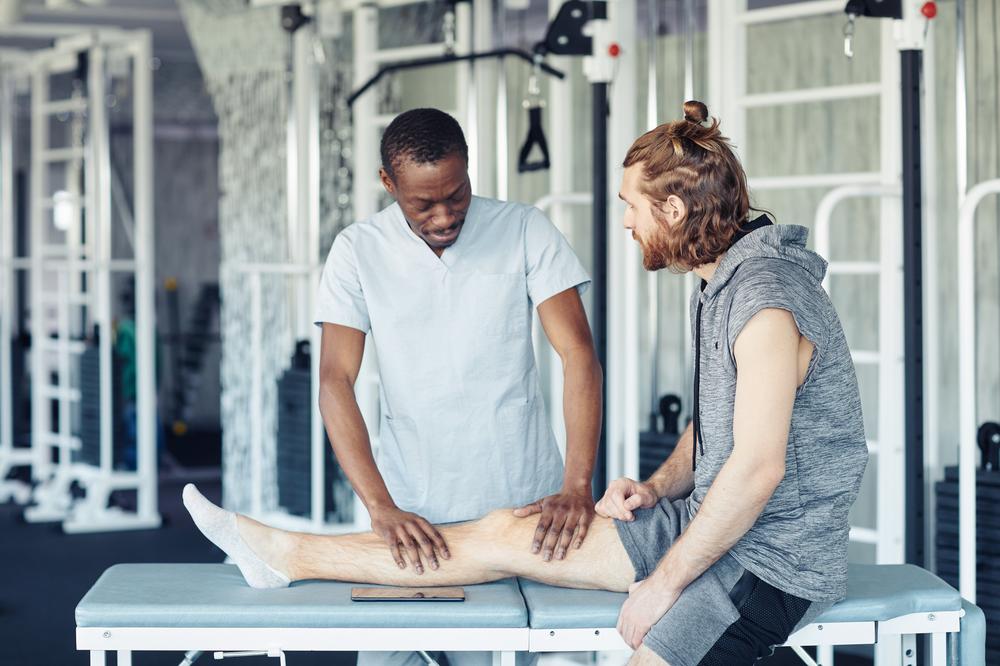Compared to other sports, running is relatively low-maintenance. All you need is a pair of shoes and a nice day, right? If you’ve ever had shin splints, you know that running isn’t always that simple. Shin pain can make it virtually impossible to go the distance, even when you’re otherwise feeling good. To prevent this from happening, you need to have running shoes that support you in all the right places and replace them often. You need to plan your workouts ahead of time and increase distance gradually. There are other factors that can make a difference, too, such as the surface you’re running on.
A great run can help clear your mind, relieve stress and release feel-good endorphins. Shin splints are a common issue that we help runners overcome in sports performance therapy. They can be very frustrating, but with a bit of planning and preparation, they can be prevented.
In this article, we’ll share six strategies that may help runners prevent or relieve shin pain.
6 strategies for relieving and preventing shin pain from running
Some people are more prone to shin splints than others. If you have high arches or flat feet, for instance, you may be more likely to develop them. The first thing to know is that not all running shoes are created equal. You need shoes that support the shape of your foot and have enough cushion for the surface you’re running on. There are exercises you can do to strengthen your shins and make them more resilient. There are also a few rules of thumb to follow when planning your workouts.
Try using the following strategies to prevent or relieve shin pain from running:
- Proper shoe selection and replacement — In general, you should replace your running shoes every 300 to 500 miles or approximately every 6 to 12 months. You may need to try on several pairs and jog around in the store to see which ones feel most natural to you. Some athletic shoe stores have knowledgeable employees who can help you find the best fit.
- Graduated training progression — The rule of thumb for increasing mileage is to add about 10% to your total distance each week. It’s also important to have recovery days after strenuous workouts. Take the next day to rest, go for a walk or spin on your bike in a low gear.
- Surface and terrain considerations — Concrete isn’t always the best surface for runners. If you can do most of your training on a track or a cross-country trail, that may help relieve your shin splints. Of course, when you’re gearing up for a race or a fun run, you’ll want to spend some time getting used to hard surfaces. Just make sure you give yourself plenty of time to make a gradual transition.
- Strengthening exercises for shin and calf muscles — To achieve the best performance, create stability and feel your best when running, you should add a day of strength training to your weekly routine. Exercises like calf raises, lunges,\ and stair climbs can help you strengthen your shins. Cross-training with sports like cycling or swimming can also help you maintain balance by working different muscles.
- Warm-ups and stretching — Before you get going, you should do some dynamic or moving stretches to warm up. You may also walk or jog to get your muscles working. It’s best to save static stretching for the end of your workout. Make sure you stretch out the front and back sides of your legs with essential runner’s stretches.
- Ice and recovery protocols — When you’re recovering from shin splints, use PEACE and LOVE: this stands for protection, elevation, avoiding anti-inflammatories, compression, education, load (increasing your daily load as your pain allows), optimism, vascularization (moving your body) and exercise. Icing, compression and elevation may be especially helpful.
Get treatment for shin splints and a personalized training program at Forever Fit
Preventing shin splints is usually easier than treating them. However, there are physical therapy techniques that can help. Whether running is a part of your personal fitness routine or a competitive sport you enjoy, it’s worth the time and investment to make sure you have suitable shoes and a training plan that’s right for you.
At Forever Fit, we love helping people achieve their fitness and sports performance. Our PTs can provide treatments to help relieve shin splints and prevent them from coming back. They can also help you develop a training program that’s safe and effective.
Are you ready to try a new approach to treating shin splints? We can help. Contact our team today for more information or to schedule an initial appointment.

